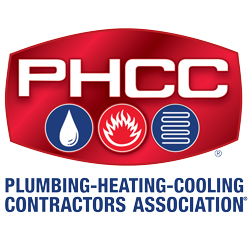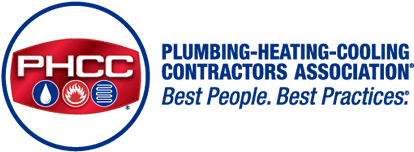
By Staff Writer, PHCC-National Association
Presented during the 7th annual May 11-12, 2021, Emerging Water Technology Symposium (EWTS) by Professor Steve Buchberger, University of Cincinnati.
Water pipe sizing has, for years, been based in research done by Dr. Roy Hunter and has relied on interpretations from Hunter’s Curve. Given the advances in plumbing technology and related reductions in water consumption, the interpretations of Hunter’s Curve have produced oversized piping designs. IAPMO and ASPE have joined together to develop a Water Demand Calculator (WDC) which would account for the reduced flows in modern plumbing systems. Applying this new approach would reduce water residence time and maintain disinfectant levels in water contained in these piping systems.
The WDC is used to determine what diameter water pipes should be installed to provide adequate service to buildings. “Water use is random, varying from day to day,” notes University of Cincinnati Professor Steve Buchberger. Researchers who isolated the peak water demand hour for a structure for 21 consecutive days discovered that the peak hour was different every day.
The initial water demand research was published in 1940 by Ray Hunter. He recognized three characteristics of water fixtures inside a building that affected demand:
- h = fixture count
- p = fixture probability of use
- q = fixture flow rate
In Hunter’s time, the big three sources of water use were faucets, flush toilets and bathtubs. He developed Hunter’s Curve, which is still the basis of many plumbing codes worldwide today. Its estimates of demand load are now considered too conservative. That’s because it is applied to inappropriate situations and because water use habits and fixtures have changed.
For example, Hunter assumed someone was always waiting in line to use the toilet, as would occur at a football stadium, but that is not true for homes. Even as early as 1982, Alfred Steele wrote it was safe to cut Hunter’s Curve values by 40% in determining service line diameter. Other changes affecting water demand include the mandating of low flow faucets and toilets in 1992.
To develop the WDC, water use data was collected from residential buildings in 62 cities. The buildings ranged from single family homes to large apartment buildings. In addition to faucets, toilets and bathtubs, the study looked at peak water demands for showers, washing machines and dishwashers.
Hunter’s Number, computed as n x p, represents the average number of busy fixtures during the peak hour. Where there are more fixtures, there is greater possible water use. It was determined that plumbing designers should design for the 99th percentile of the busy period use when deciding on the service line needed, Buchberger says. However, using smaller diameter pipe sizes would improve water quality because water would stay inside the pipes for a shorter time.
WDC users simply select the fixture types in the building and input how many there are of each one. The WDC then calculates how many gallons per minute are needed, which in turn determines the size of the necessary service line.
WDC for Commercial and Industrial Buildings Under Development
In doing future research to develop WDC values for use in commercial and industrial settings, Buchberger says they plan to sample hotels, restaurants, hospitals, offices and schools. They suspect climate, region and season do not significantly affect peak water use. He says the focus must be on indoor water consumption.
The goal of the study is to find out what is happening inside these buildings at each fixture. To gain that information, researchers plan to install non-intrusive wireless sensors to tell whether the water is on or off.
This is one of three reports on sessions conducted virtually during the EWTS on May 11-12, 2021. The Plumbing-Heating-Cooling Contractors—National Association was a proud industry partner of the event, which was co-convened by the American Society of Plumbing Engineers (ASPE), the Alliance for Water Efficiency (AWE), the International Association of Plumbing and Mechanical Officials (IAPMO) and Plumbing Manufacturers International (PMI), and presented in cooperation with the World Plumbing Council (WPC).
